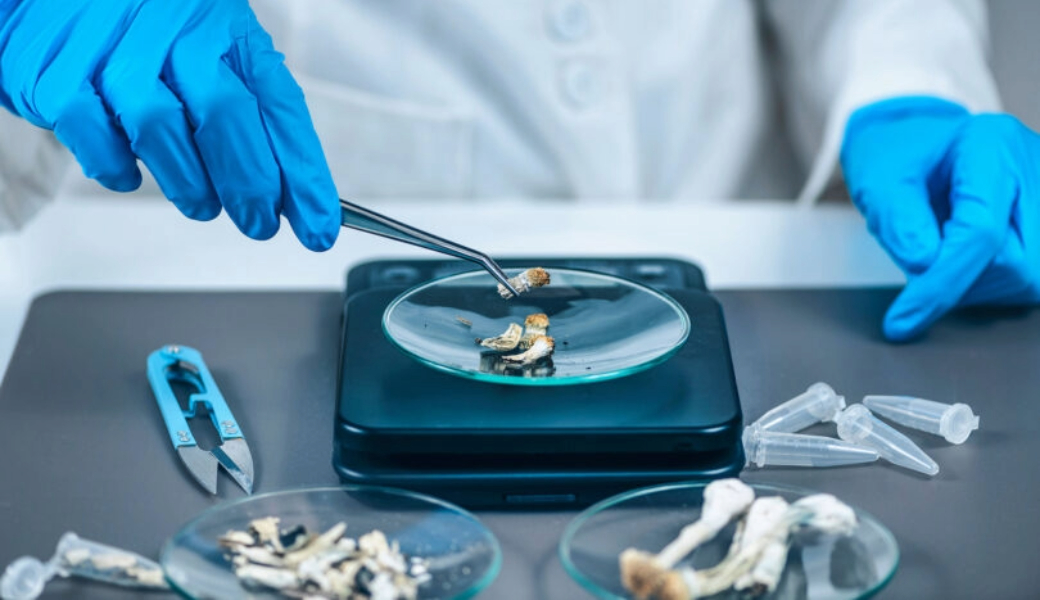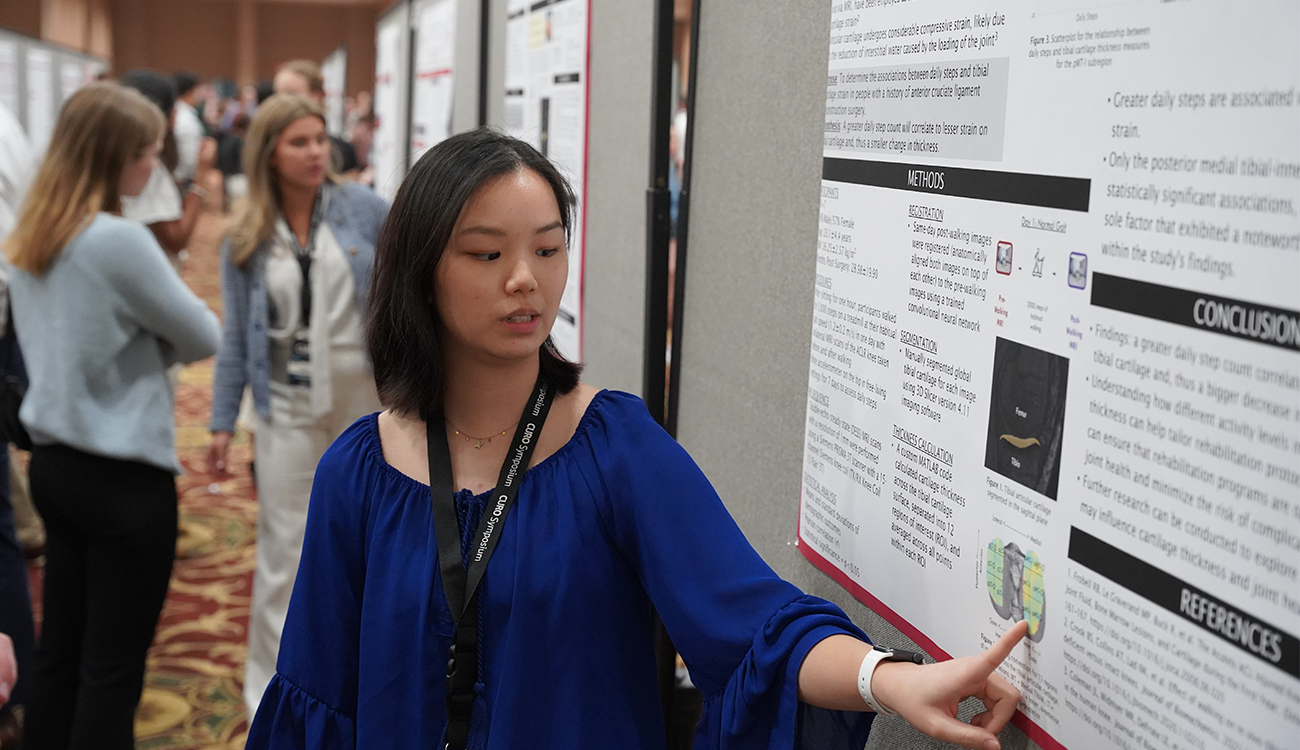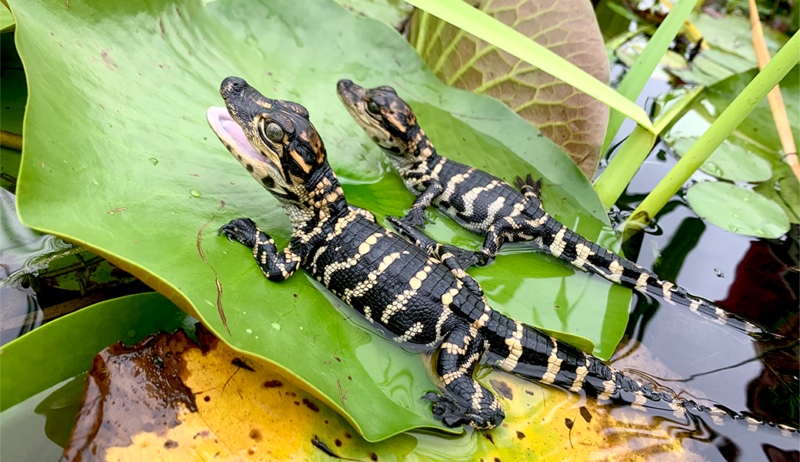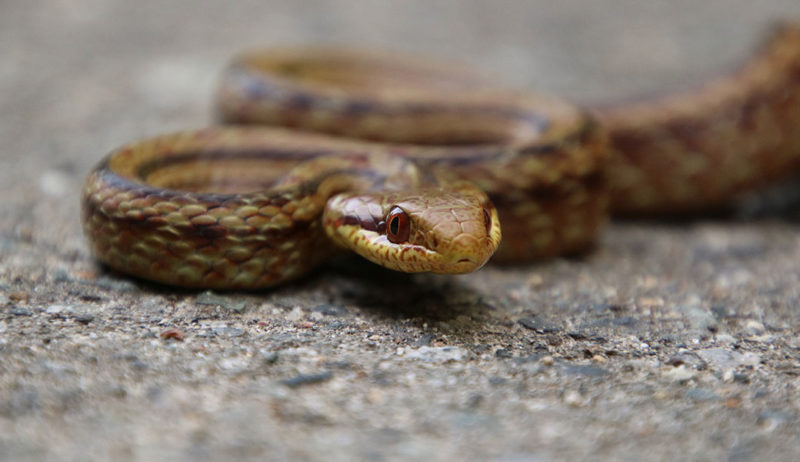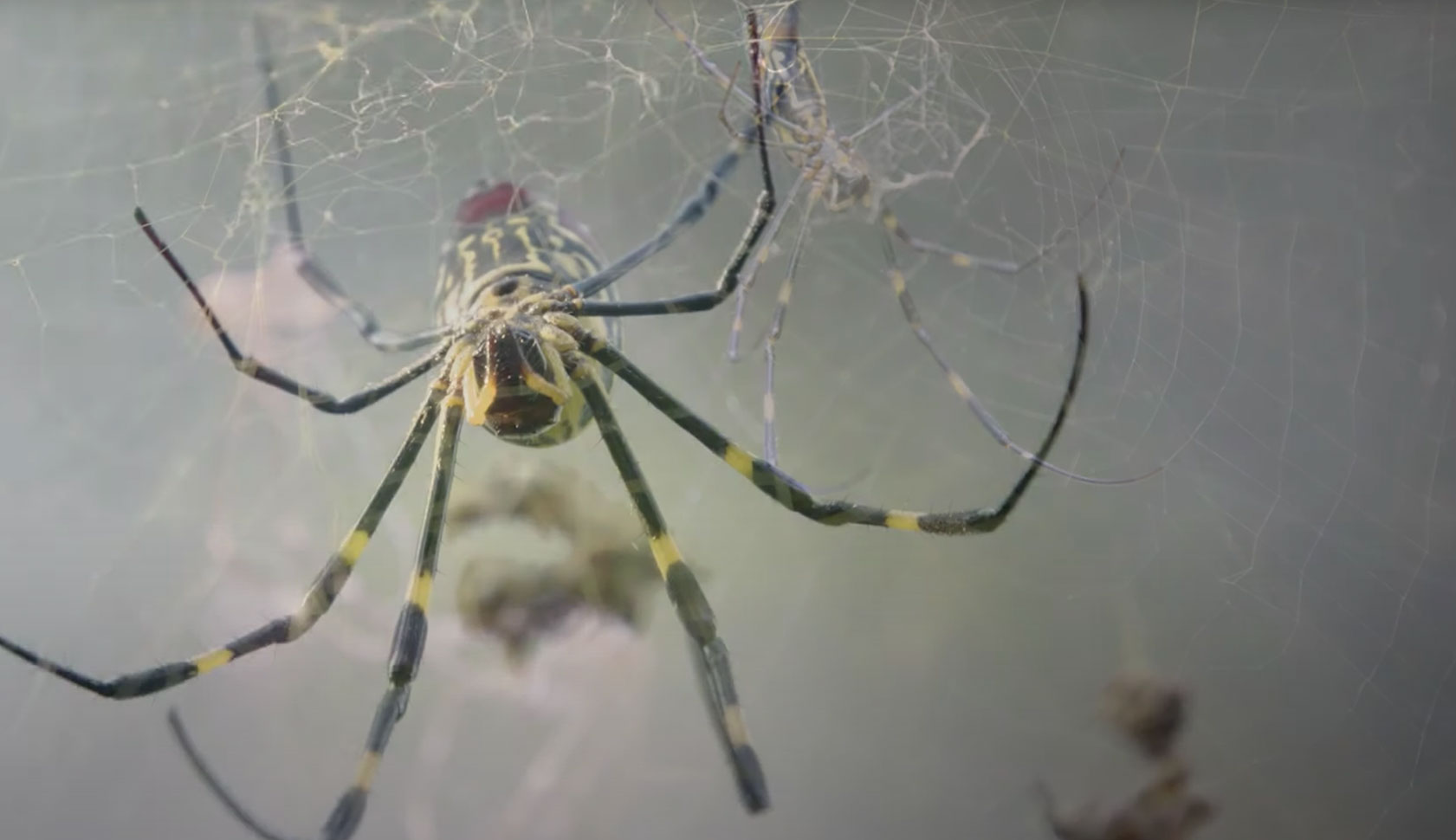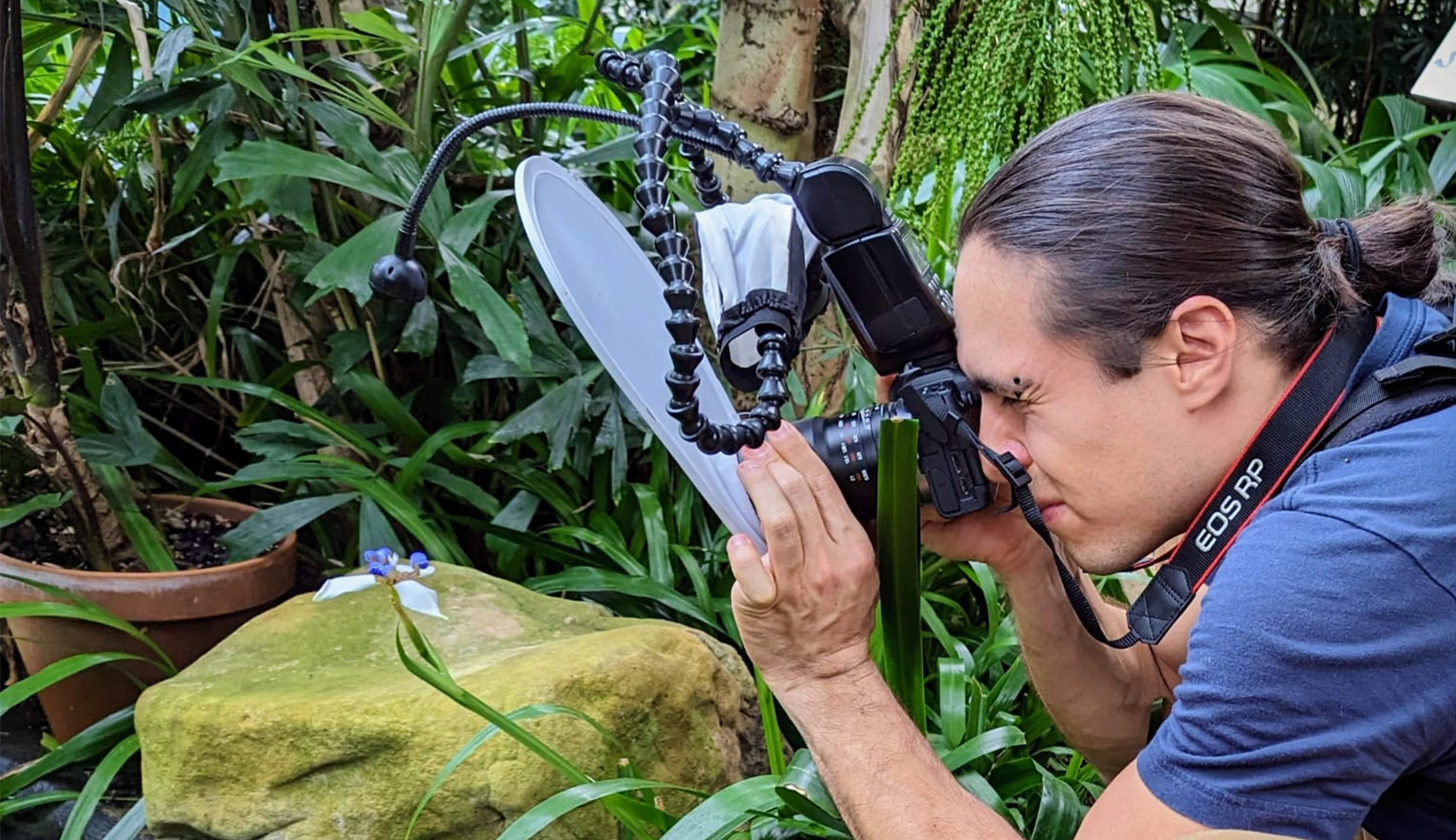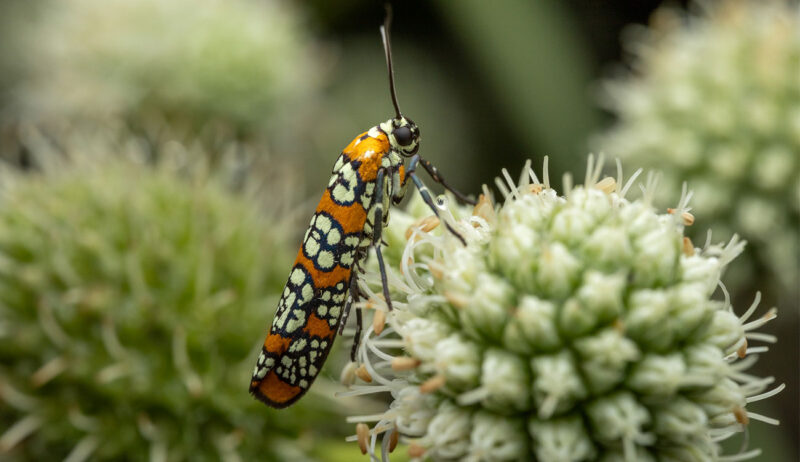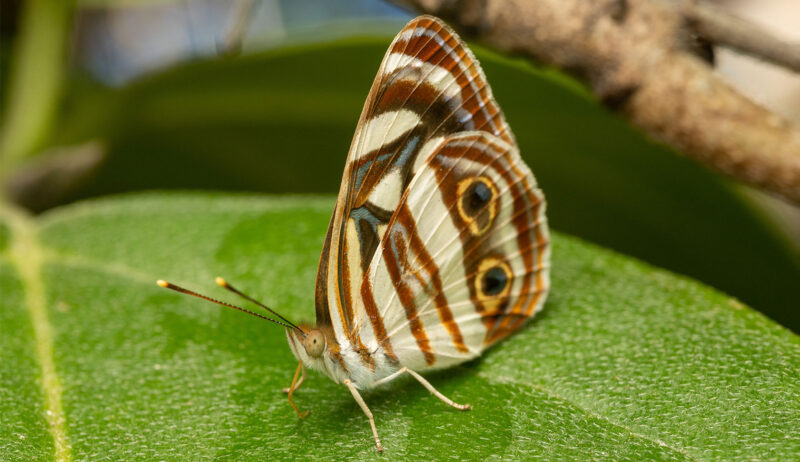Latest
In The News
- The Chronicle
Some colleges have turned to football to raise their profile. Has it worked?
- U.S. News and World Report
Antibiotics probably won't ease your cough
- USA Today
Withstanding hurricanes, lightning strikes, pests: 'This tree is a survivor'
- USA Today
Murder hornet's yellow-legged relative found in Georgia
- AJC
Embrace the buzz: What you need to know about the 2024 cicada invasion
Latest
In The News
- The Chronicle
Some colleges have turned to football to raise their profile. Has it worked?
- U.S. News and World Report
Antibiotics probably won't ease your cough
- USA Today
Withstanding hurricanes, lightning strikes, pests: 'This tree is a survivor'
- USA Today
Murder hornet's yellow-legged relative found in Georgia
- AJC
Embrace the buzz: What you need to know about the 2024 cicada invasion
ECOLOGY
July 20, 2021
March 22, 2022
Most Popular Features
HUMANITIES & ARTS
February 26, 2024
November 30, 2023
Watch
Stay Connected
UGA Research Newsletter
Delivered to your inbox once every month.
Look
Wildlife
March 7, 2024





